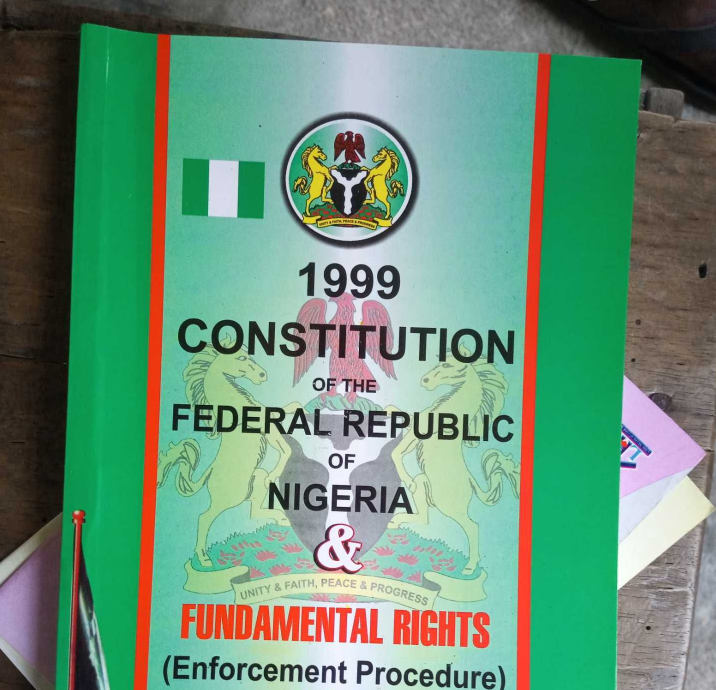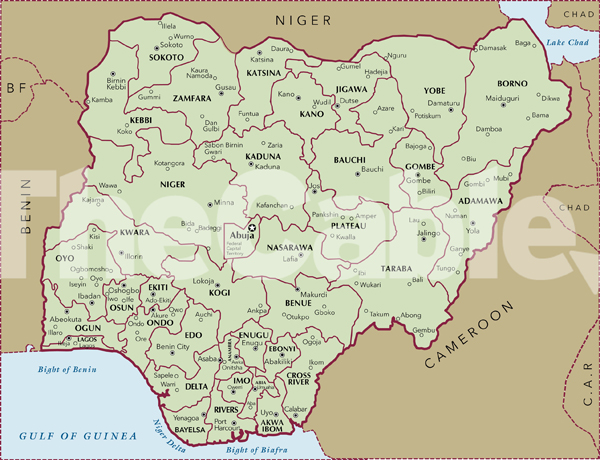On Thursday, during the plenary session at the house of representatives, Benjamin Kalu, deputy speaker and chairman of the constitution review committee, said the lower legislative chamber received proposals for the creation of 31 new states.
The 10th national assembly is currently in the process of amending the 1999 constitution and has received several proposals, including that of state creation.
A constitutional amendment is a formal modification to the text of the written constitution of a nation to correct or revise its original content to suit the interests of the people of that nation.
The Nigerian constitution makes provisions for amendment when there is a need to do so. The requirements for amendment of the constitution differ depending on the section in question.
Advertisement
The requirements for the amendment of most sections of the constitution involve two-thirds of members of the senate, and house of representatives voting in support of such an amendment and 24 houses of assembly supporting such an amendment.
However, some sections of the constitution, which deal with the creation of a new state, local government, or boundary adjustments, require additional conditions.
Here is the process for passing a constitutional amendment bill and the additional conditions for state creation.
Advertisement
WHAT IS THE PROCESS OF AMENDING THE CONSTITUTION?

There are several processes involved in amending the constitution.
First, proposals to amend the constitution are submitted to the national assembly as bills. While these bills can originate from citizens, they must pass through lawmakers.
The bills will be sent to the respective (senate and house of representatives) rules and business committees where they are scheduled on the order paper.
Advertisement
The full titles would be read out for the first reading at the bills’ presentation, which signifies the start of the legislative process.
The bills will then be read the second time and the general principles debated during plenary, after which they are referred to the committee on constitutional amendment.
The bills will be reviewed by the committee, and in many cases, public hearings are organised to enable stakeholders to make contributions.
The committee will subsequently decide which proposed amendments to adopt or reject. Afterwards, the reports on the bills are submitted before the house and adopted.
Advertisement
The lawmakers will vote on each specific item on the bills. Here, the proposals to amend the constitution are presented in the form of clauses.
Each house (senate and house of reresentatives) will then use e-voting (not the voice vote) to vote in favour or against the bill.
Advertisement
When e-voting is not available, the house can go into division. This way, the speaker calls each lawmaker to say whether he or she agrees with the bill or not. This is to meet the requirements of section 9(2) of the constitution which outlines the procedure for altering the provisions of the constitution.
This is done to ensure that the total number of senators or house of representatives members in attendance did not fall below the minimum number of two-thirds required to pass a constitutional amendment bill.
Advertisement
The votes are then collated and counted.
It is important to note that for a bill to scale through, it must be concurred by both the senate and house of representatives. This implies that the constitutionally required number of each chamber must have voted in support of the bill.
Advertisement
After that, the bills are transmitted to the state houses of assembly by the clerk of the national assembly for their concurrence.
According to the aforementioned sections 9(2), two-thirds of all the state assemblies need to approve the bills — that is 24 states will be required for each amendment to be approved.
When two-thirds of the state assemblies approve each clause by simple majority, everything returns to the national assembly.
According to section 58 of the constitution, bills require the president’s assent.
WHAT ARE THE REQUIREMENTS FOR STATE CREATION?
For amendments proposing the creation of a new state, the constitution demands stringent conditions that must be fulfilled before the process explained above applies.
Section 8(1) states as follows: An act of the national assembly for the purpose of creating a new state shall only be passed if:
“(a) a request, supported by at least two-thirds majority of members (representing the area demanding the creation of the new State) in each of the following, namely;
“(i) the Senate and the House of Representatives,
“(ii) the House of Assembly in respect of the area, and
“(iii) the local government councils in respect of the area are received by the National Assembly;
“(b) a proposal for the creation of the State is thereafter approved in a referendum by at least two-thirds majority of the people of the area where the demand for creation of the State originated;
“(c) the result of the referendum is then approved by a simple majority of all the States of the Federation supported by a simple majority of members of the Houses of Assembly; and
“(d) the proposal is approved by a resolution passed by a two-thirds majority of members of each House of the National Assembly.”
No state has been created since Nigeria returned to democratic rule in 1999.
During the Thursday plenary, Kalu said the “proposals should be re-submitted in strict adherence” to the requirement of section 8 of the constitution and must reach the committee by March 5.
Add a comment











